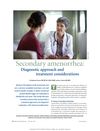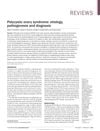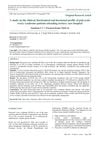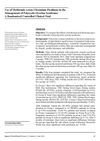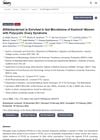Clinical Approaches to PCOS: A Survey of the NASPAG Membership
March 2012
in “
Journal of Pediatric and Adolescent Gynecology
”
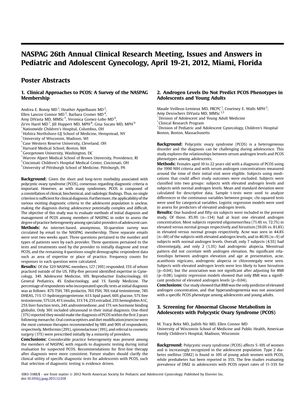
TLDR Doctors vary in how they initially test for PCOS, but most agree on using oral contraceptives and lifestyle changes as first treatments.
In a survey conducted among members of the North American Society for Pediatric and Adolescent Gynecology (NASPAG) regarding clinical approaches to Polycystic Ovary Syndrome (PCOS), it was found that there was significant practice heterogeneity in the initial diagnostic testing for suspected PCOS. Out of 329 NASPAG members, 127 (39%) responded to the survey. The tests most commonly used at initial diagnosis included TSH (87%), prolactin (78%), FSH (76%), total testosterone (76%), and DHEAS (74%). Only 36% of respondents included ultrasound in their initial diagnosis, and 37% would make the diagnosis of PCOS within the first 2 years following menarche. Oral contraceptives and diet modification/exercise were the most common therapies, recommended by 98% and 90% of respondents, respectively. The study concluded that while there was a wide range of diagnostic tests used, the recommendations for first-line therapy after diagnosis were more consistent. The authors suggested that future studies should aim to clarify the clinical utility of specific diagnostic tests for adolescents with PCOS to ensure evidence-driven selection of diagnostic testing.
